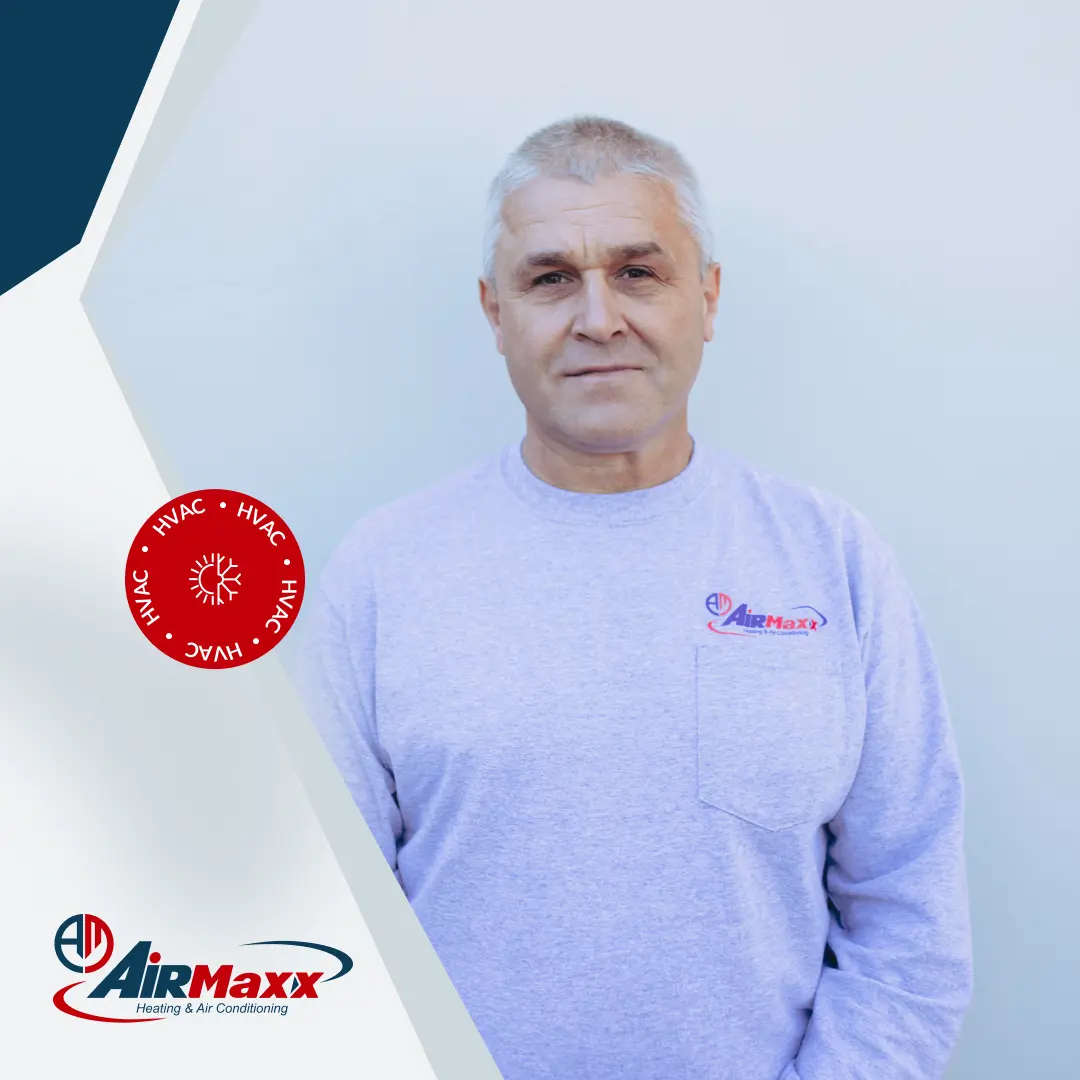Maintaining your HVAC system is practical and necessary. Additionally, checking your own system helps you cultivate knowledge and communicate effectively with professionals should problems occur. However, most people aren’t as familiar as they should be with basic HVAC maintenance. In particular, refrigerant charging is a mystery to some homeowners.
Why Is Refrigerant Charging Needed?
The most technologically and structurally sound HVAC systems will need maintenance occasionally. If you notice your air conditioner is blowing warm air or the airflow is insufficient, it’s probably time to recharge. Extra refrigerant isn’t always necessary, but it can help cool your airflow again.
Using The Total Superheat Method
There are two ways to charge your HVAC: the total superheat method and the condenser subcooling method. The total superheat method is used for machines with fixed meter devices; the condenser method is used for machines with TXV.
Always charge your HVAC system in the correct temperature. For a successful charge, the temperature must be above 55 degrees Fahrenheit outdoors and 70 degrees Fahrenheit indoors. The indoor wet bulb temperature should be over 50 degrees Fahrenheit.
Check the total superheat for current load conditions. If you have charged your system correctly, your total superheat will be within three degrees of target superheat for current load conditions.
Before charging, check that your HVAC system is clean. Thoroughly clean coils, filters, and all other parts. The tiniest speck of dust or other contaminate will negatively influence your airflow, air temperature, and many other factors. It may also disrupt your home’s air quality. If you can’t see all possible contaminants, consider using a video scope. These are particularly helpful when cleaning high or low parts of your system, or cleaning in small spaces.
Once the system is cleaned, set required airflow back to the manufacturers’ settings. Don’t attempt to charge a system using anything except original settings. The typical setting is about 400 CMF/ton, give or take 10%. When the airflow is correct, you can begin charging your HVAC system.
Identify your metering device, which will tell you how fast your refrigerant is changing from a liquid to a gas or vapor. The metering system’s measurements will help you determine how to charge the system and whether you need more refrigerant. Attach a high-quality digital gauge and temperature probes to your system to complete the charge. Add or remove refrigerant as desired, and allow about 15 minutes after refrigerant has been added or removed to determine final total superheat.
Using The Condenser Subcooling Method
The condenser subcooling method is meant for HVAC systems using a TXV metering device. Other than that, the biggest difference between this and the superheat method is the temperature under which a charge can be executed. The indoor wet bulb temperature should still be above 50 degrees, but it should be above 60 degrees outdoors and 70 degrees indoors. Note that in a TXV system, suction pressure will stay relatively constant. Also note that you shouldn’t continue to add refrigerant after optimum cooling is reached.
If you have any questions regarding refrigerant charging, such as what refrigerant to use or how to identify your metering device, contact us online or by phone. We’ll be happy to consult with you.



